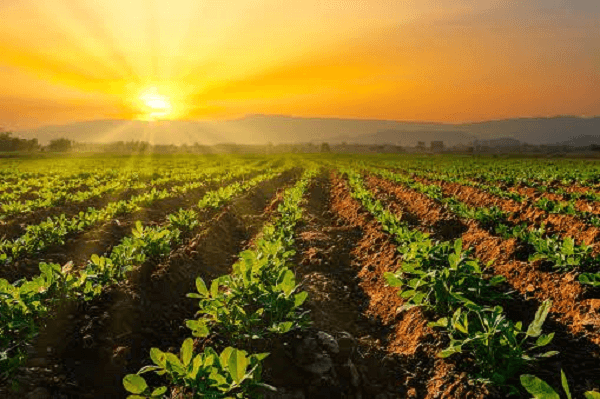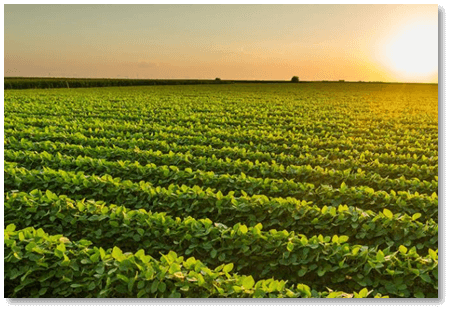Crop DefinitionA plant is said to as a crop if it can be widely farmed and harvested for either food or profit. A crop is what is produced as a result of extensive cultivation of similar plants in one location. Most plants are grown in hydroponic systems or through agriculture. Macroscopic fungi and marine macroalgae, some of which are raised in aquaculture, can be used as crops. Seaweed and mushrooms are two examples of the former. The vast majority of harvested crops are used as food or as livestock feed. Intense collection methods are frequently used to harvest specific crops from the wild. (e.g. ginseng, Yohimbe, and eucommia). 
Important non-food crops include industrial crops, horticulture, and floriculture. Plants utilized for other crops are considered horticulture crops (e.g. fruit trees). Instances of floriculture crops include bedding plants, seedlings, flowering gardens, and container plants, cut cultivated greens, & fresh flowers. Examples of industrial crops include apparel (fibre crops like cotton), biofuels (energy crops like Jatropha, algal fuel), & pharmaceuticals (medicinal plants). Variety of CropsDepending on the season they are grown in, the crops fall into one of the following categories: Kharif Crops
Rabi Crops
To create new crop types, many agricultural procedures are used. In order for the seeds of these crops to germinate and mature, a warm temperature is necessary. But for them to grow, a cold temperature is necessary. Zaid Crops
Aspects Influencing the Production of CropsThe following are some of the elements influencing crop production: Genetic or Internal FactorsCrop development and productivity are determined by its genetic makeup. Breeders modify the crops to produce a new hybrid variety to include the most desirable qualities. Characters that are desired include:
Each generation inherits these personalities. 
Environmental or External FactorsThe outside variables include:
The following are some climate elements that impact agricultural production:
The soil's composition in which plants are cultivated affects how well they thrive. These are edaphic factors, and they consist of the following:
Biotic ElementsBiotic variables, such as plants and animals, have an impact on agricultural yield. Even pests frequently have a negative effect on agricultural productivity. Socioeconomic Elements
Cash CropsThe cultivation of a crop for market sale in order to benefit from the sale is known as a cash crop. The majority of crops farmed today are cash crops, meaning they are grown with the intention of being sold on domestic and international markets. The majority of cash plants grown in underdeveloped countries are exported to industrialized countries for a higher price. The well-known cash crops are cotton, sugarcane, cocoa, coffee, and tea. 
Food CropsThe majority of crops grown are for human consumption or food crops. The country grows a wide variety of food crops.
Crops are essential to the provision of food for the human population. The crops should therefore be grown using the appropriate farming methods and equipment.
Next TopicEpilepsy Definition
|
 For Videos Join Our Youtube Channel: Join Now
For Videos Join Our Youtube Channel: Join Now
Feedback
- Send your Feedback to [email protected]
Help Others, Please Share









